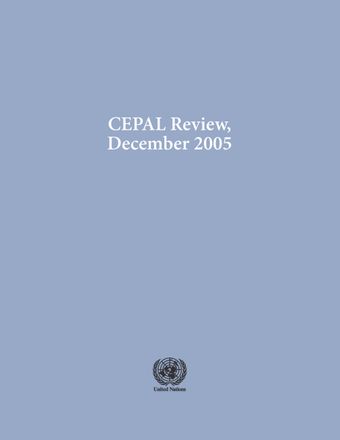-
Policies for economic diversification
- Source: CEPAL Review, Volume 2005, Issue 87, Dec 2005, p. 7 - 23
- Spanish
-
- 26 Dec 2005
- Previous Article
- Table of Contents
- Next Article
Abstract
This article begins by showing that not all developing countries concentrate their exports in products which make intensive use of natural resources or cheap labour, and that those which also export some products typical of more developed countries tend to grow faster, apparently independently of their human capital endowment or the quality of their institutions. For this purpose, an index is used which measures the degree to which each country displays this type of export mix. This is an idiosyncratic phenomenon which seems to be linked with the capacity to undertake the production and export of new products. There is therefore a place for incentive policies, accompanied by the ability of the government to recognize failed attempts and to stop subsidizing them. Because of the idiosyncratic nature of the phenomenon, it is not possible to propose universal solutions, but the author does set out ten principles to be borne in mind in policy design in each country.





